 When we garden with a mission of sustainability, driven by our conviction that plant (and all) life depends on vibrant soil health, we don’t always realize that we’re part of an alternative lineage grounded in an understanding that everything is deeply connected.
When we garden with a mission of sustainability, driven by our conviction that plant (and all) life depends on vibrant soil health, we don’t always realize that we’re part of an alternative lineage grounded in an understanding that everything is deeply connected.
Mathew Ingram’s “The Garden: Visionary Growers and Farmers of the Counterculture” invites gardeners to meet the legendary outside-the-box thinkers and growers who quite literally broke new ground and transformed our contemporary practices.


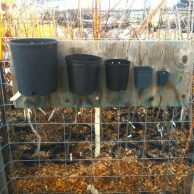 At Harlequin’s Gardens, we’ve been reusing and recycling black plastic nursery pots since day one. It is very important to us that we minimize our plastic waste. We have always encouraged our customers to bring back to us the nursery pots that came with the plants you purchased from us, and you have responded with enthusiasm, which we appreciate!
At Harlequin’s Gardens, we’ve been reusing and recycling black plastic nursery pots since day one. It is very important to us that we minimize our plastic waste. We have always encouraged our customers to bring back to us the nursery pots that came with the plants you purchased from us, and you have responded with enthusiasm, which we appreciate!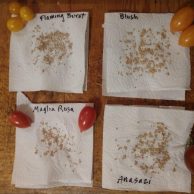 SAVING YOUR TOMATO SEEDS
SAVING YOUR TOMATO SEEDS
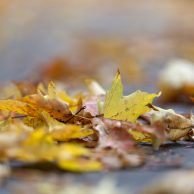
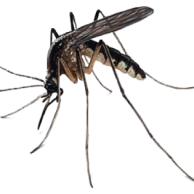
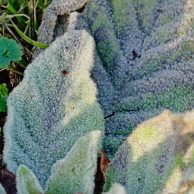
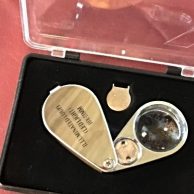
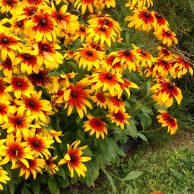 Fall is among the best times to plant perennials. While we may begin to wilt from late summer heat, many plants rise to the occasion and burst into bloom! As days begin to grow shorter, perennials spend the next few months developing root systems or taproots that delve well below the hot, dry surface soil. Pollinators depend on finding pollen and nectar sources through the entire summer, so it’s important to include late-summer and autumn bloomers in your garden.
Fall is among the best times to plant perennials. While we may begin to wilt from late summer heat, many plants rise to the occasion and burst into bloom! As days begin to grow shorter, perennials spend the next few months developing root systems or taproots that delve well below the hot, dry surface soil. Pollinators depend on finding pollen and nectar sources through the entire summer, so it’s important to include late-summer and autumn bloomers in your garden. 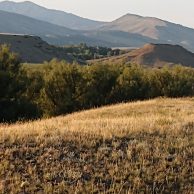
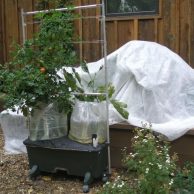
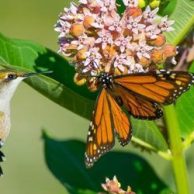
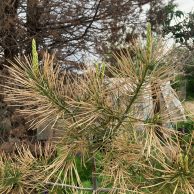
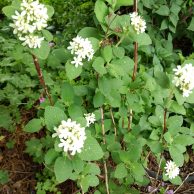
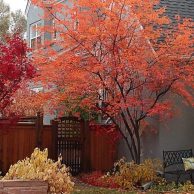
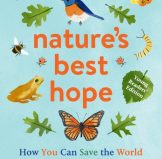 We have recently received a veritable avalanche of excellent well-written, regionally appropriate books about a wide range of gardening approaches, soils and plants, and more are on the way!
We have recently received a veritable avalanche of excellent well-written, regionally appropriate books about a wide range of gardening approaches, soils and plants, and more are on the way!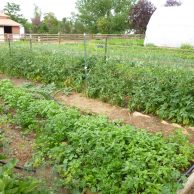 Every 5 years or so Congress has the opportunity to transform our food system by revising a piece of legislation known as the Farm Bill, which covers everything from supporting farmers to ensuring food security for all. Politicians and local and national advocacy organizations are working to determine how nearly a billion dollars a year will be spent. You can help!
Every 5 years or so Congress has the opportunity to transform our food system by revising a piece of legislation known as the Farm Bill, which covers everything from supporting farmers to ensuring food security for all. Politicians and local and national advocacy organizations are working to determine how nearly a billion dollars a year will be spent. You can help! 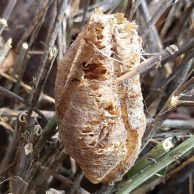
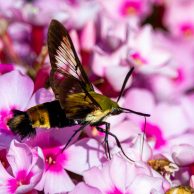 We’re celebrating all month, and we’d love to encourage you to support pollinators in your gardens.
We’re celebrating all month, and we’d love to encourage you to support pollinators in your gardens. 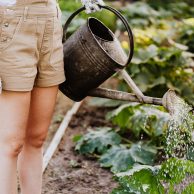
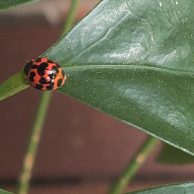 The Good News is that out of about 900,000 insect species currently living on our planet, only 1% to 3% are pests. We do not need systemic neonicotinoids (neonics) or any toxic pesticides to grow plants well. The solution is to employ human attention, biodiversity, nutrient-dense soils, application of nontoxic management, and tolerance.
The Good News is that out of about 900,000 insect species currently living on our planet, only 1% to 3% are pests. We do not need systemic neonicotinoids (neonics) or any toxic pesticides to grow plants well. The solution is to employ human attention, biodiversity, nutrient-dense soils, application of nontoxic management, and tolerance.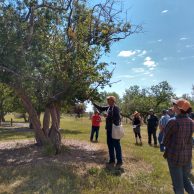 In late June Eve and Mikl attended two inspiring events that are related in that both organizations / institutions are concerned with researching, trialing, and introducing plants that are resilient in the face of the challenges presented by Climate Change, especially increasing heat and long-term drought.
In late June Eve and Mikl attended two inspiring events that are related in that both organizations / institutions are concerned with researching, trialing, and introducing plants that are resilient in the face of the challenges presented by Climate Change, especially increasing heat and long-term drought.  Give yourself a break by putting away your lawn mower for the month of May with the additional benefit of feeding our early bees!
Give yourself a break by putting away your lawn mower for the month of May with the additional benefit of feeding our early bees!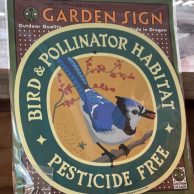

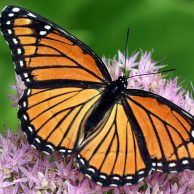 Monarch butterflies previously considered Threatened, have now been classified as Endangered by the International Union for Conservation of Nature, the world’s most comprehensive scientific authority on the status of species. Two major driving factors are habitat loss (and thus, food loss), and climate change.
Monarch butterflies previously considered Threatened, have now been classified as Endangered by the International Union for Conservation of Nature, the world’s most comprehensive scientific authority on the status of species. Two major driving factors are habitat loss (and thus, food loss), and climate change. 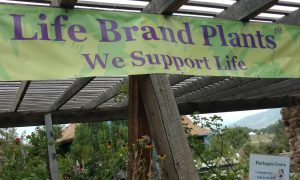 This morning’s broadcast of
This morning’s broadcast of 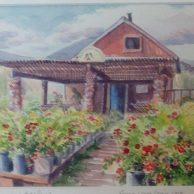

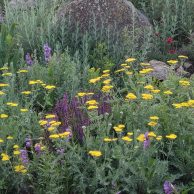 We’re excited that the City of Boulder is gathering feedback from the community about how we use our yards, preferences for landscaping and interest in a citywide effort to create pollinator habitat patches and pathways. Pollinator pathways connect safe, pesticide-free native plant patches of habitat for bees, birds, butterflies, and other wildlife to provide food and nesting sites. Native pollinators are vital to our ecosystems and pathways support pollinator populations, as well as safe passage for movement across the city.
We’re excited that the City of Boulder is gathering feedback from the community about how we use our yards, preferences for landscaping and interest in a citywide effort to create pollinator habitat patches and pathways. Pollinator pathways connect safe, pesticide-free native plant patches of habitat for bees, birds, butterflies, and other wildlife to provide food and nesting sites. Native pollinators are vital to our ecosystems and pathways support pollinator populations, as well as safe passage for movement across the city. We hope you will celebrate Earth Day, maybe all week. It is good to acknowledge that we have a planet and that it has been supportive of life and human life for a long time. Unfortunately, we humans have not treated Her well, Gaia, our Mother Earth. We were told the story that we humans are the masters of the earth and that all the creatures and resources are here for our use and glory. Not everybody believed that story. Chief Joseph told our ancestors: “The Earth does not belong to us; we belong to the Earth.”
We hope you will celebrate Earth Day, maybe all week. It is good to acknowledge that we have a planet and that it has been supportive of life and human life for a long time. Unfortunately, we humans have not treated Her well, Gaia, our Mother Earth. We were told the story that we humans are the masters of the earth and that all the creatures and resources are here for our use and glory. Not everybody believed that story. Chief Joseph told our ancestors: “The Earth does not belong to us; we belong to the Earth.” 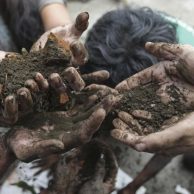
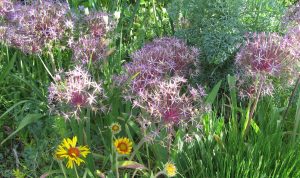
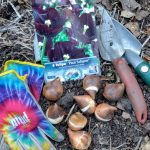
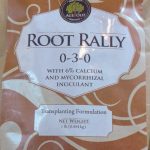
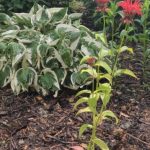
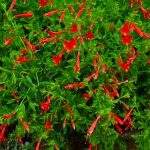
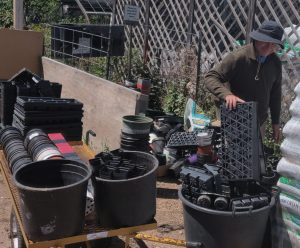
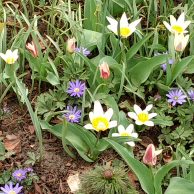 A couple of days ago, I decided to trim back the clumps of Narbonne Flax in my garden, which had been bent over by the heavy snow in March. I grabbed my hedge clippers and cut the first clump down to about 8”. Then I took a closer look at it. Something was in there, and it wasn’t a wad of dry redbud leaves. I had just missed cutting through a Praying Mantis egg case by about a quarter of an inch! A little shaken and much relieved, I inspected all the other clumps carefully before trimming the rest.
A couple of days ago, I decided to trim back the clumps of Narbonne Flax in my garden, which had been bent over by the heavy snow in March. I grabbed my hedge clippers and cut the first clump down to about 8”. Then I took a closer look at it. Something was in there, and it wasn’t a wad of dry redbud leaves. I had just missed cutting through a Praying Mantis egg case by about a quarter of an inch! A little shaken and much relieved, I inspected all the other clumps carefully before trimming the rest.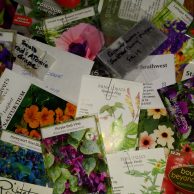
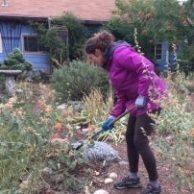 It’s the time of year to ready our gardens for the upcoming fallow winter season and prepare for next year’s growth. We do this knowing that regeneration will be occurring in our soil, with the microbes and with overwintering insects. Here are tips for you to best help this process take place, while still having an aesthetically pleasing garden.
It’s the time of year to ready our gardens for the upcoming fallow winter season and prepare for next year’s growth. We do this knowing that regeneration will be occurring in our soil, with the microbes and with overwintering insects. Here are tips for you to best help this process take place, while still having an aesthetically pleasing garden. 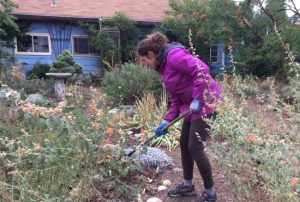
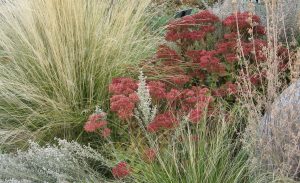
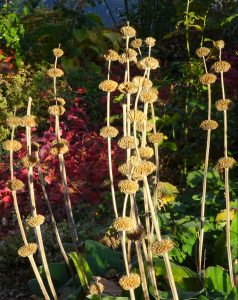
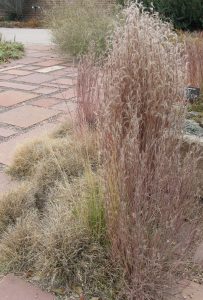 Unless you have an ‘ornamental’ grass that self-sows aggressively, leave grasses and their seedheads standing. If they are ‘cool-season’ grasses, you’ll want to leave them until about mid-February, then cut them to 3” above the ground so they can begin making unimpeded new growth as soon as the soil thaws. Dormant ‘warm-season’ grasses can remain attractive until warm weather comes and don’t need to be cut down until April.
Unless you have an ‘ornamental’ grass that self-sows aggressively, leave grasses and their seedheads standing. If they are ‘cool-season’ grasses, you’ll want to leave them until about mid-February, then cut them to 3” above the ground so they can begin making unimpeded new growth as soon as the soil thaws. Dormant ‘warm-season’ grasses can remain attractive until warm weather comes and don’t need to be cut down until April.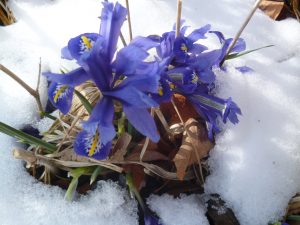
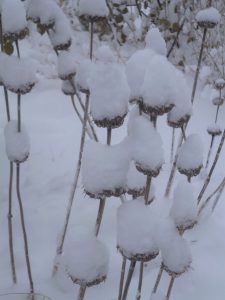

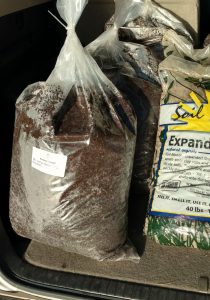 At Harlequin’s Gardens we will not be leaving our jobs on September 20. Instead we will be at work for Harlequin’s where we are always working to help you and the planet. AND we will be giving away one Free bag of compost with each purchase, on Friday, the 20th.
At Harlequin’s Gardens we will not be leaving our jobs on September 20. Instead we will be at work for Harlequin’s where we are always working to help you and the planet. AND we will be giving away one Free bag of compost with each purchase, on Friday, the 20th. We are having a real revolution in our relationship with our soils. The turning point is our change in focus from soil fertility to soil health. In the last 60 years of the “Green Revolution” (i.e. the petrochemical boom), soil was viewed as a physical structure and fertility was viewed as a measure of chemicals in the soil — primarily NPK, nitrogen, phosphorus and potassium. The petroleum industry could make these macronutrients from natural gas, which make plants grow but often in poor health. Weak plants attract insect pests and fungal diseases, so more petroleum in the forms of insecticides and fungicides added to the success of the oil industry. But this approach has led to “Peak Soil” where land is losing productivity, crops are losing nutritional value, the soil is eroding at extreme rates, and the health of animals and people has declined.
We are having a real revolution in our relationship with our soils. The turning point is our change in focus from soil fertility to soil health. In the last 60 years of the “Green Revolution” (i.e. the petrochemical boom), soil was viewed as a physical structure and fertility was viewed as a measure of chemicals in the soil — primarily NPK, nitrogen, phosphorus and potassium. The petroleum industry could make these macronutrients from natural gas, which make plants grow but often in poor health. Weak plants attract insect pests and fungal diseases, so more petroleum in the forms of insecticides and fungicides added to the success of the oil industry. But this approach has led to “Peak Soil” where land is losing productivity, crops are losing nutritional value, the soil is eroding at extreme rates, and the health of animals and people has declined.